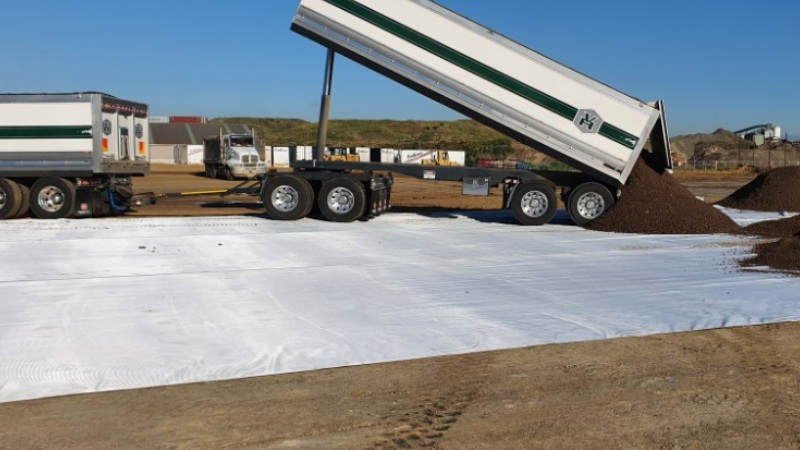Understanding LTDS of Geosynthetics
When it comes to geosynthetics, Long Term Design Strength (LTDS) refers to the amount of strength remaining in the geosynthetic at the end of its service life, assuming it has spent its service life buried under the ground.
LTDS is an important engineering property to consider in any basal reinforcement calculations as it helps determine the usable strength of the product being utilised, for example, load support for a new road embankment on soft soils.
How is LTDS calculated?
LTDS is calculated by taking the ultimate tensile strength of a geosynthetic and dividing it by what is known as partial factors of safety or partial reduction factors.
These values represent environmental, manufacturing and construction variables that need to be taken into account to get the most accurate estimate of the geosynthetic’s strength when installed.
Because these variables can adversely affect the performance of a geogrid or geotextile, a calculation is used to determine an allowable margin of error or variance in the product’s performance, depending on how much these partial factors of safety are likely to come into play.
Why Use Partial Factors of Safety?
Typical factors and design parameters for a project are usually based on a combination of field tests, experimentation, scientific publications and engineering experience.
However, to get a true picture of the product’s usable strength, these default factors must be evaluated alongside specific soil conditions and real project parameters. A formula to determine these real-life reduction factors can be calculated by the engineer and included in the final design.
Factors That Reduce Long Term Design Strength
There are several partial factors of safety that contribute to reduced LTDS for geogrids and geosynthetic fabrics. These include:
- Manufacturing variations
- The tensile characteristic values or material ultimate strength used
- Installation damage, such as compaction and damage from fill
- Creep behaviour
- Soil pH
- Uncertainties in loading
- Environment
- Variations in the design process
Other factors can also contribute to differences in LTDS calculations.
The most straightforward way to ensure your long-term design strength projections are as accurate as possible is to contact the manufacturer or Polyfabrics for the specific calculations recommended for their products.
For advice and support on any of the Polyfabrics range, our team is here to assist.
This article is supplied as an introductory guide only. For further information and advice on your specific project, contact the engineering team at Polyfabrics or refer to our technical documentation.

